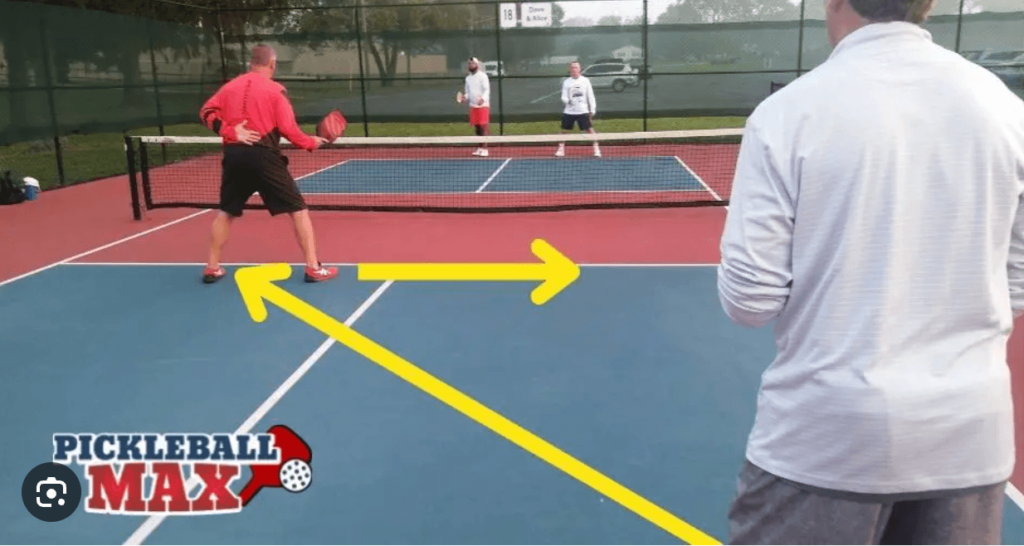Elevate Your Pickleball Game
Pickleball, a game that’s sweeping the nation, has nuances and strategies that can bewilder even the seasoned player. This guide delves into switching sides, consolation events, service rules, and pro strategies like stacking, along with tips on hand signals. Let’s unravel these concepts to boost your pickleball prowess.
When to Switch Sides in Pickleball
Switching sides is a routine part of pickleball. In competitive matches, players switch sides every time the serving team scores or after a set number of points. Recreational play may have players switch after each game to balance environmental factors like sun and wind. It ensures fairness and keeps the game exciting.
What are Consolation Events in Pickleball
Consolation events are secondary brackets in a pickleball tournament for teams that lose in the primary competition. It ensures that everyone gets ample playtime, offering a chance for redemption and additional fun.
Service Rules For Switching
Switching during the service can be governed by specific rules like alternating serves after each game or once a total of seven or eleven points are scored. It adds a layer of strategy and maintains the tempo of the match.
The Pro Strategy: Stacking in Pickleball
What is Switching & Stacking In Pickleball?
Stacking is positioning the stronger player to capitalize on their strengths. Switching refers to changing positions with a partner, such as after a serve or return.
Stacking on the Serve
This tactic is used to position the stronger server or returner to take advantage of their skills. It may require quick switching after the serve, so proper coordination is vital.
Switch Stack
Switch stacking involves changing positions quickly after a serve to confuse opponents or to align players according to their strong playing sides.
Stacking on the Return
Just like stacking on the serve, this strategy is about positioning the stronger returner to handle the opponent’s serve. Quick footwork and teamwork are essential here.
Switch Stack on the Return
This tactic involves rapidly switching positions after returning a serve, making it harder for opponents to predict your play and setting up for a stronger offensive position.
Using Hand Signals Effectively
Hand signals in pickleball are used to communicate silently between partners. They can indicate where a serve or return will go or how players will switch or stack during play. It’s a discreet way to strategize without alerting the opposing team.
Conclusion and My Thoughts
Switching and stacking in pickleball is not just for pros; these strategies can be applied at all levels to make the game more engaging and strategic. Learning when to switch sides, understanding consolation events, and applying the various stacking strategies will enrich your playing experience.
Hand signals add another layer of collaboration, enhancing coordination and communication between partners.
As with any sport, practice and playing experience will fine-tune these strategies for you. Embrace these techniques, practice diligently, and watch how they transform your pickleball game. Whether a beginner or seasoned player, these insights will undoubtedly stack the game in your favor!
The information in this blog post comes from my research and experience playing pickleball and can be found in my books — HOW TO GET STARTED PLAYING PICKLEBALL, HOW TO IMPROVE FROM BEGINNER TO INTERMEDIATE IN PICKLEBALL, and PICKLEBALL FOR SENIORS — all available on Amazon. I hope you learn something from this post that you can take onto the courts to help you improve your game.
